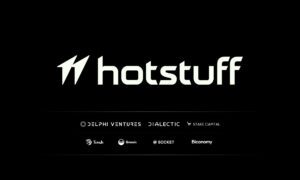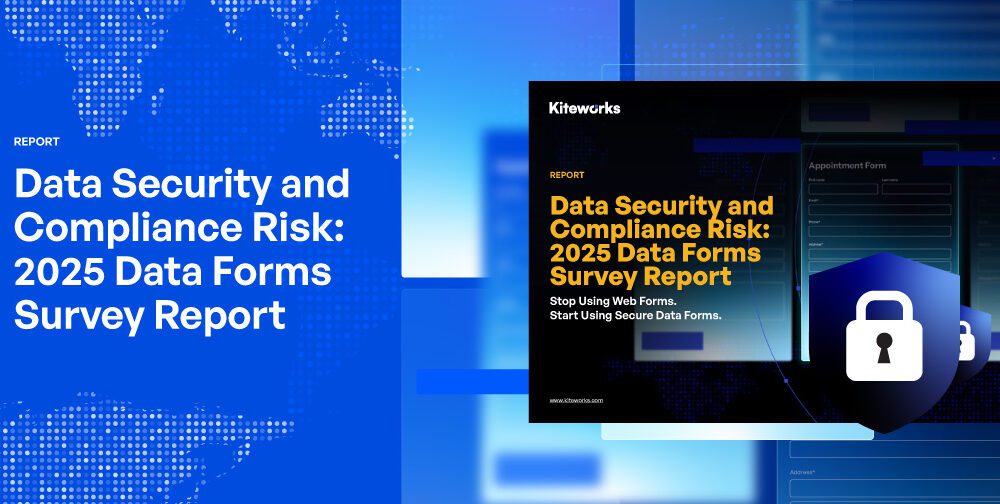In large enterprises, reliability now defines credibility. Core platforms sit beneath planning, fulfillment, finance and customer experience, so a brief failure ripples into missed targets and stalled teams. Traffic is spiky, change windows are short and obligations for audit, privacy and safety are constant. The systems that hold up share three traits: multi-region continuity that treats failover as routine, clean data contracts that keep signals coherent across services and operations that measure what matters so improvements compound. When those pieces are in place, intelligence becomes practical rather than decorative, because models and analytics can rely on current, consistent inputs and produce answers teams can use.
Nishant Jain, an Engineering Manager at Apple and an IEEE Senior Member, builds to that baseline. His operating principle is straightforward: design for continuity first, then scale the intelligence that makes work faster and safer.
Continuity First, So Everything Else Works
When critical systems falter, costs compound fast. Recent field data shows 54% of impactful incidents cost more than $100,000, and 20% cost over $1 million, which makes architectures that fail safely and recover quickly non-negotiable. Multi-region topologies, traffic shaping and consistency-aware writes reduce exposure and shorten impact. That continuity becomes the foundation on which AI, analytics and workflow tools can operate with confidence.
On that basis, Jain led a central engineering platform into active-active operation. Two live regions with automatic failover and safe-write semantics kept read-after-write behavior converging in about eight seconds at global scale, eliminating single-datacenter dependency and ensuring continuous availability for large-scale enterprise operations. By July 2025 it supported millions of requests per day with roughly hundreds of thousand concurrent entity leases and auto-resolved incidents that previously required manual war rooms. The program removed roughly hours of downtime per year and avoided a third party vendor solution estimated at hundreds of million dollars annually.
“Continuity is the contract. Keep the platform online, keep the data consistent and teams can ship on time,” notes Jain.
From Reliability To Findability At Scale
Teams lose meaningful time to fragmented knowledge. In 2025, 50% of developers reported 10+ hours per week lost to inefficiencies and 90% lost 6+ hours, with time spent searching for information across fragmented knowledge bases called out as a core friction point. When history, policies and prior fixes are easy to surface, investigation cycles compress and duplicate work shrinks. At the same time, AI is now delivering practical time savings where it is embedded in everyday workflows. 68% of developers reported saving 10+ hours a week with AI across non-coding tasks, including search and finding information, which makes the business case for semantic retrieval inside the tools people already use.
Building on this, Jain led one of his organization’s most significant enterprise AI initiatives: a semantic search platform that indexed billions of records through embedding-based retrieval. The system integrated results directly into engineering workflows and tuned response times so teams could identify similar issues, prior fixes and the right experts in seconds. Adoption spread quickly across divisions, saving more than tens of thousands of engineering hours each year and sharply reducing duplicate investigations as the path from symptom to solution became shorter and clearer.
“Find the right precedent fast and the rest of the work gets lighter. That is where intelligence pays off,” says Jain.
Intelligent Launch Execution At Scale
As platform intelligence moved closer to revenue, the standard shifted from “can it stay up” to “can it stay accurate under extreme pressure.” Online spend on Cyber Monday reached $13.3 billion with peaks of $15.8 million per minute, a pace that compresses checkout, carrier validation, fraud controls and device provisioning into seconds. At the same time, U.S. merchants now incur $4.61 in cost for every $1 of fraud, and so the flow goes beyond being fast as it has to be correct too.
Jain owned activation systems for a flagship smartphone line in the United States, where every launch carried national scale and direct revenue exposure. He built preorder pipelines built to absorb launch-day surges, integrated activation logic with major carrier workflows so customers could turn on service immediately and implemented distributed locking that blocked duplicate and high-risk orders before they landed. Multi-layer caching cut activation latency massively, the controls saved millions of dollars in potential revenue loss and financial reconciliation stayed clean during the heaviest windows.
“Scale was never the real test. The real test was whether every legitimate customer could activate instantly, without fraud or delay,” notes Jain.
Operating AI Knowledge Systems With Measured Speed
When people depend on AI answers during release windows, speed and clarity matter. 53% of organizations now view slow performance as harmful as downtime. Those expectations define how answer services must behave when engineers rely on them during tight release windows.
Inside his organization’s engineering environment, Jain’s AI smart-answer system enabled engineers, quality teams and product managers to ask natural-language questions in the tools they already used and returned concise answers with linked source material for verification. Distributed pipelines created embeddings from knowledge articles and related engineering content, a vector database supported fast retrieval across billions of entries, and ranking prioritized the most useful responses. Day to day, teams used it for bug triage, build and test procedures, policy clarifications and release checklists, turning searches into direct answers that saved hundreds of engineering hours per month, eliminated duplicated effort and siloed tool building, delivered tens of millions of dollars in value through productivity gains and cost avoidance and avoided duplicate systems for an millions in savings.
“People do their best work when answers arrive on time and are easy to trust. Operations make that a promise,” states Jain.
Looking Ahead, Where Intelligent Platforms Pay For Themselves
As enterprises upgrade core platforms, the economics strengthen. Worldwide AI spending is set to reach $1.5 trillion in 2025, enterprise AI investments are projected to climb to $632 billion by 2028 and Business AI is expected to contribute $19.9 trillion to the global economy by 2030. The returns favor organizations that make continuity a default setting, keep data contracts and identity controls enforceable at scale and place AI where it reduces time to a decision. That is how reliability and intelligence reinforce each other, turning platforms into durable advantages rather than point solutions.
Jain’s record fits that arc. He is a judge for the 2025 Globee Awards for Leadership, and his work demonstrates how disciplined engineering enables complex, large-scale infrastructure to deliver dependable, business-critical results across products, regions and releases.
“Resilience earns the right to scale. Intelligence turns that scale into results,” says Jain.



































